Revealing a new story which completely rewrites an existing one is not easy in the world of reissues. With so much already known, and with pop and rock history constantly being revisited, it’s always surprising when a fresh tale is told. And it’s even more so when it’s actually worth knowing. Although issued in June, Saved by the Bell: The Collected Works of Robin Gibb 1968-1970 has been saved for the end of the year as it was instantly apparent that it did, indeed, rewrite history. It also included a wealth of extraordinary music, most of which had never been previously released – or even known about. It is very special.
There was tough competition though. The smart Georgie Fame box set The Whole World’s Shaking - The Complete Recordings 1963-1966 showed that the format could still thrill if due care was taken. Mikael Tariverdiev’s Film Music threw light on a remarkable and unfamiliar Russian composer. The Tennessee Ernie Ford box Portrait of an American Singer was authoritative, diligent and supplemented the music with an engaging, literately written book. Deservedly, it has gone on to be nominated in the 2016 Grammy category Best Album Notes.
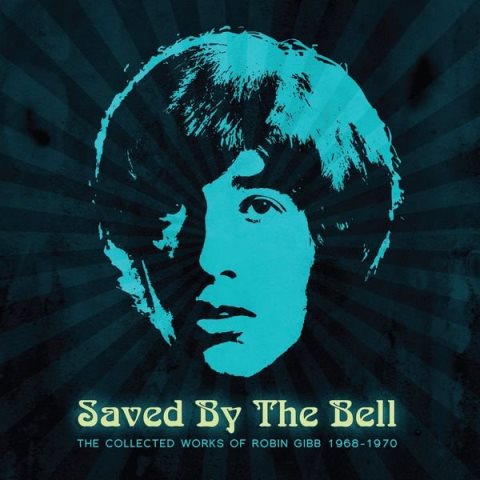 The chaotic and increasigly problematic vinyl trend has thrown up the good, as well as combinations of the bad and the ugly: the Tariverdiev set was particularly fine in its vinyl configuration. But no matter how fantastic individual reissues sound – like August’s Cocteau Twins' releases – they are not going to make a long-term mark if they were reiterations of the familiar appearing in response to the fad. New ground had not been broken. The sometimes thoughtless rush to vinyl has also resulted in slipshod releases, like the Marvin Gaye set covered in May. But such carelessness was offset by some splendid releases, chief amongst which was the impressive (notwithstanding a couple of issues with its packaging) Pere Ubu box Elitism for the People 1975-1978.
The chaotic and increasigly problematic vinyl trend has thrown up the good, as well as combinations of the bad and the ugly: the Tariverdiev set was particularly fine in its vinyl configuration. But no matter how fantastic individual reissues sound – like August’s Cocteau Twins' releases – they are not going to make a long-term mark if they were reiterations of the familiar appearing in response to the fad. New ground had not been broken. The sometimes thoughtless rush to vinyl has also resulted in slipshod releases, like the Marvin Gaye set covered in May. But such carelessness was offset by some splendid releases, chief amongst which was the impressive (notwithstanding a couple of issues with its packaging) Pere Ubu box Elitism for the People 1975-1978.
Nonetheless, Saved by the Bell: The Collected Works of Robin Gibb 1968-1970 takes the biscuit. Previous to its release, the story of Robin, who died in 2012, during the relevant period was at its core straightforward. In March 1969, it was announced that he had left the Bee Gees. He was 19 years old. Then, in August 1970, it was announced that he had re-joined his brothers Barry and Maurice to reunite the Bee Gees. The almost year-and-a-half solo spell was marked by three singles and an album: “Saved by the Bell” (July 1969), “One Million Years” (November 1969), “August October” (January 1970) and Robin’s Reign (also January 1970). “Saved by the Bell” was a massive hit across all of Europe, unlike any of the ensuing solo releases.
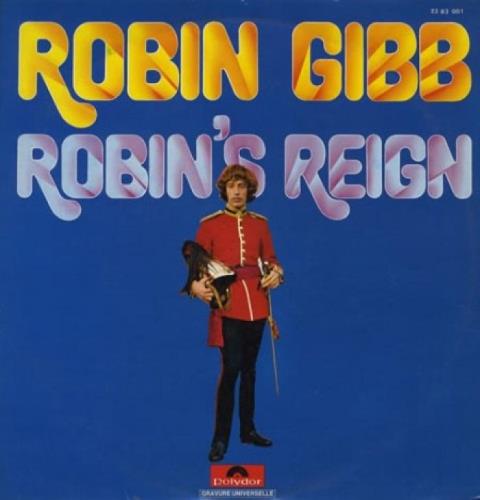 As Saved by the Bell reveals, things were neither this simple nor this linear. Although Robin’s solo venture has been documented in biographies of the band as complex, there was nothing available to musically support the knowledge. The annotation of this three-CD set shows that “Saved by the Bell” was recorded in March 1969, just before the announcement of the departure, a cleavage which may have been gestating for a while. He had also recorded solo during the previous year, taping songs not destined for the Bee Gees. Disc Three collects a six-song demo session from June 1968. There was even a second solo album which was shelved. Robin himself had, on occasions, denied its existence. The period was so prolific and Robin’s muse so strong that “Farmer Ferdinand Hudson”, from Robin’s Reign, was actually extracted from a 12-minute song-suite titled “Hudson’s Fallen Wind” which is heard here for the first time. This was a prodigious period for Robin Gibb.
As Saved by the Bell reveals, things were neither this simple nor this linear. Although Robin’s solo venture has been documented in biographies of the band as complex, there was nothing available to musically support the knowledge. The annotation of this three-CD set shows that “Saved by the Bell” was recorded in March 1969, just before the announcement of the departure, a cleavage which may have been gestating for a while. He had also recorded solo during the previous year, taping songs not destined for the Bee Gees. Disc Three collects a six-song demo session from June 1968. There was even a second solo album which was shelved. Robin himself had, on occasions, denied its existence. The period was so prolific and Robin’s muse so strong that “Farmer Ferdinand Hudson”, from Robin’s Reign, was actually extracted from a 12-minute song-suite titled “Hudson’s Fallen Wind” which is heard here for the first time. This was a prodigious period for Robin Gibb.
Saved by the Bell collects what was issued (mono and stereo versions, plus the complete “Hudson’s Fallen Wind”) on Disc One. The second disc assembles unreleased material completed in the studio, including the whole of what would have been the shelved Sing Slowly Sisters album, while the third includes even more finished sessions, radio recordings and demos.
“Saved by the Bell” sets the table. As Bob Stanley puts it in his considered essay in the booklet, the hit single was defined by the “surreal, but child-like simplicity of its lyric…sung in Robin’s distinctive quavering voice over epic orchestration and a thin, wheezing drum machine.” The record sounded “expensive and entirely homemade, commercial and eccentric.” In the lyric, Robin declares to the song's subject that "I died for you, I died for two." “Saved by the Bell” did sound like the Bee Gees, but a Bee Gees shorn of any pop gloss to result in a music that is by turns eerie, inscrutable and plain bizarre.
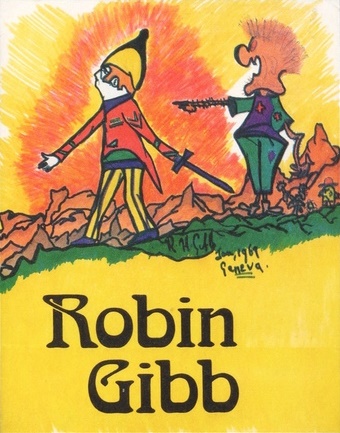 Of course, the Bee Gees themselves had taken the sound of torment, desolation and disaster into the charts with “Got to Get a Message to You” and its postcard from death row, the sorrowful lamentation “World” and “New York Mining Disaster”, which wore its anguish in its title. Their album which had just hit the shops as Robin went solo was Odessa, which drew from a story of Robin’s about a man in the process of writing a final letter to his wife while stranded on an iceberg. (Pictured right, a 1969 illustration by Robin Gibb for his fan club.)
Of course, the Bee Gees themselves had taken the sound of torment, desolation and disaster into the charts with “Got to Get a Message to You” and its postcard from death row, the sorrowful lamentation “World” and “New York Mining Disaster”, which wore its anguish in its title. Their album which had just hit the shops as Robin went solo was Odessa, which drew from a story of Robin’s about a man in the process of writing a final letter to his wife while stranded on an iceberg. (Pictured right, a 1969 illustration by Robin Gibb for his fan club.)
With this release, Robin’s preoccupations are shown to be nostalgia from the perspective of accrued age, dark episodes of relatively recent history (especially the First World War), chronicles of the north England of the Bee Gees' childhood and loneliness. Helplessness also figures strongly. In the heart-rending musical sigh “Return to Austria” he pines for a love that is gone yet might be rekindled by revisiting where it began. But he knows it has been lost. It as if Robin had cast himself as someone in their 70s suffering dislocation, perhaps due to an awareness of impending death, so looking back at life, moments of crisis and sundered relationships .
The melodies written to accompany these powerful evocations are uniformly strong and Bee Gees-esque. Nothing is throwaway and many tracks could have been singles. But the intensity of delivery would probably have mitigated against Robin founding a solo career with these songs. He was just too heavy. Not in the crunching, show-off way of rock, but too nakedly passionate – the balance was towards shade rather than light in this world.
Now though, Robin Gibb’s singular solo recordings demonstrate that his unique artistic vision was at its peak. No other release this year has revealed so much.










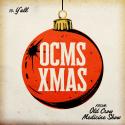


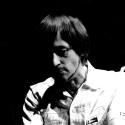

Add comment